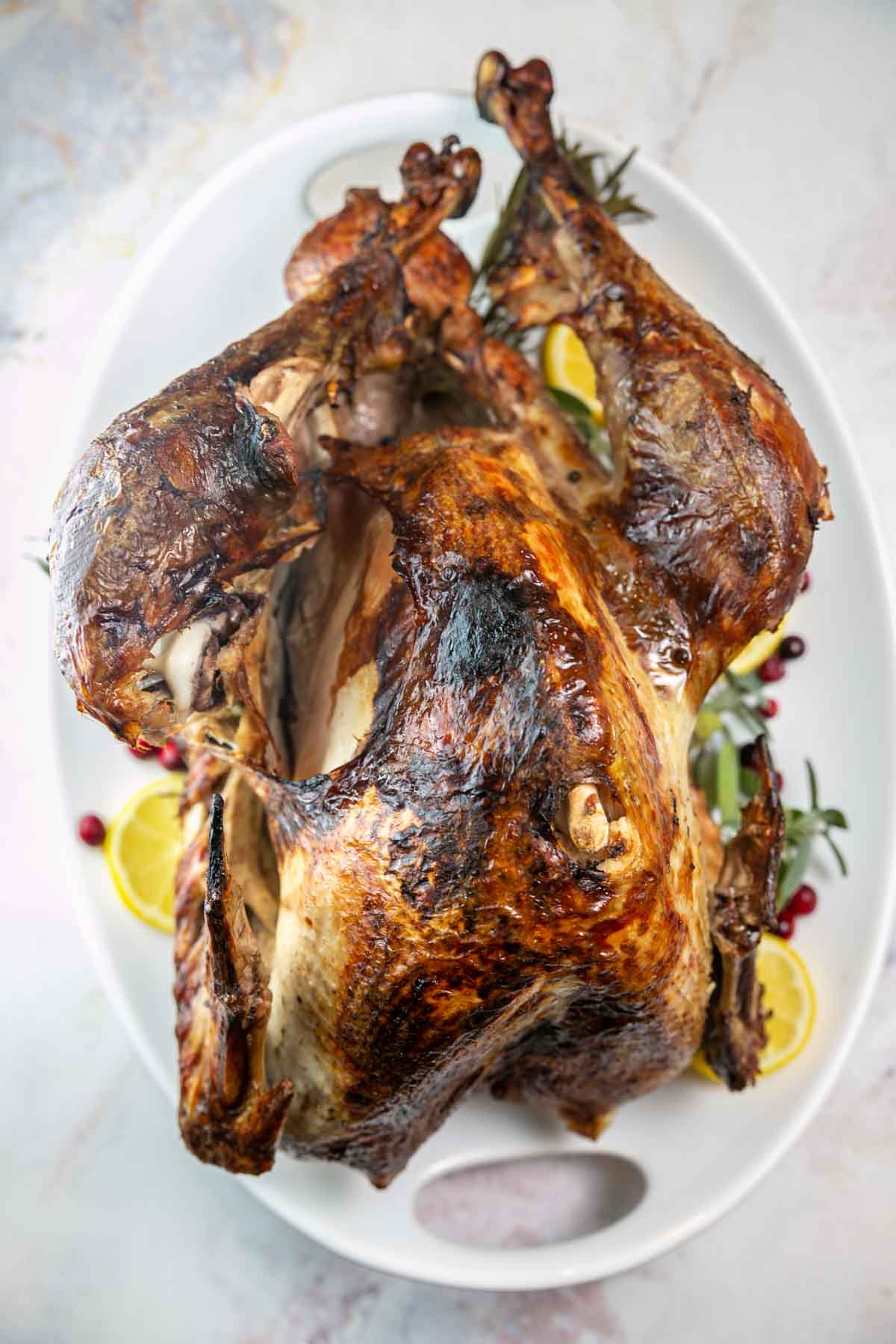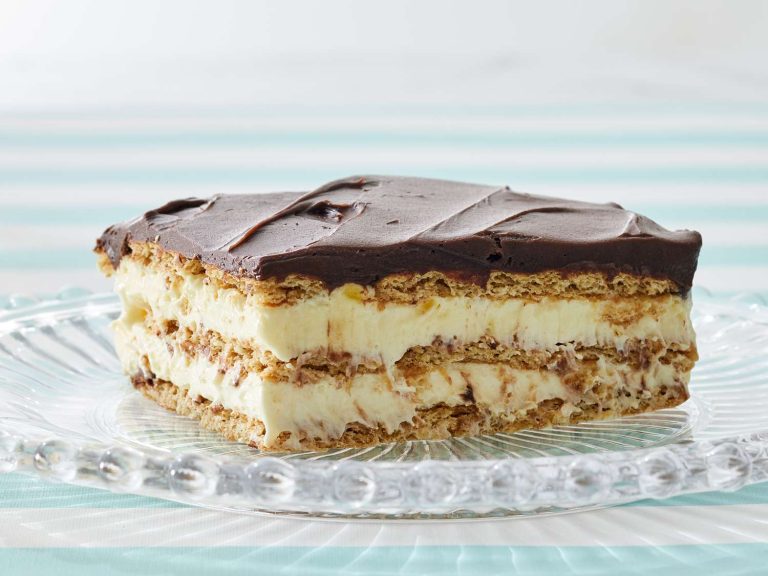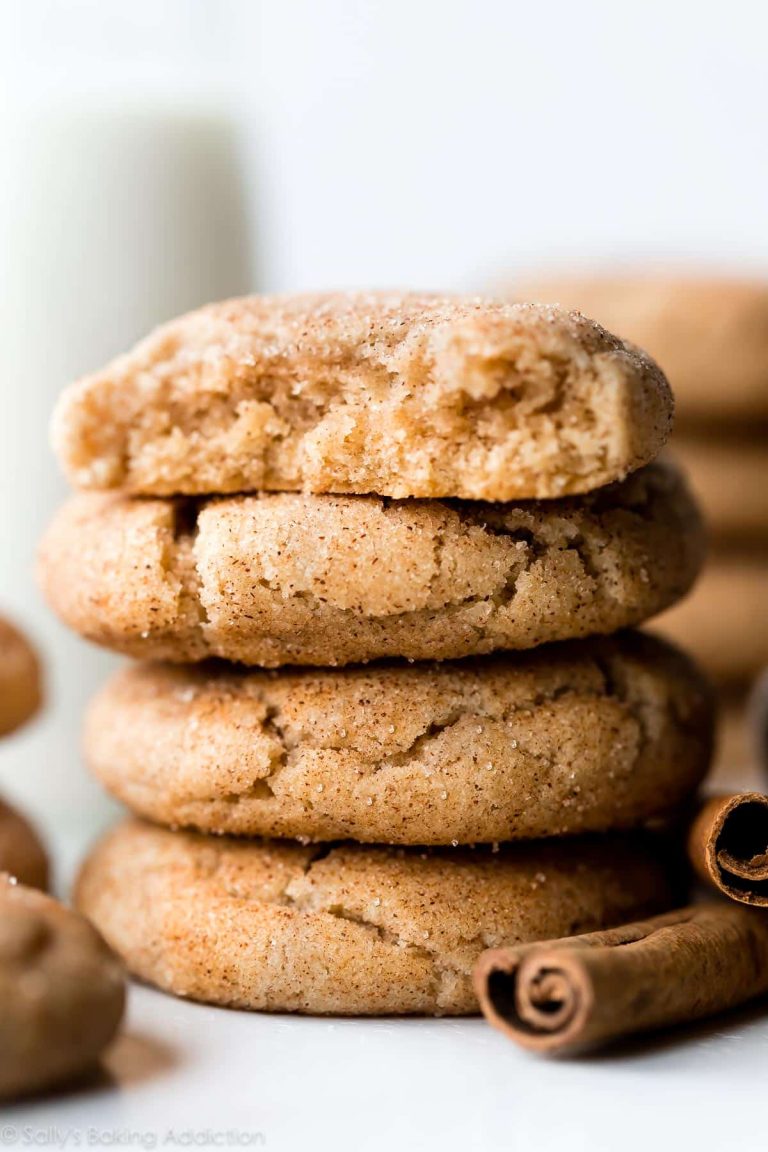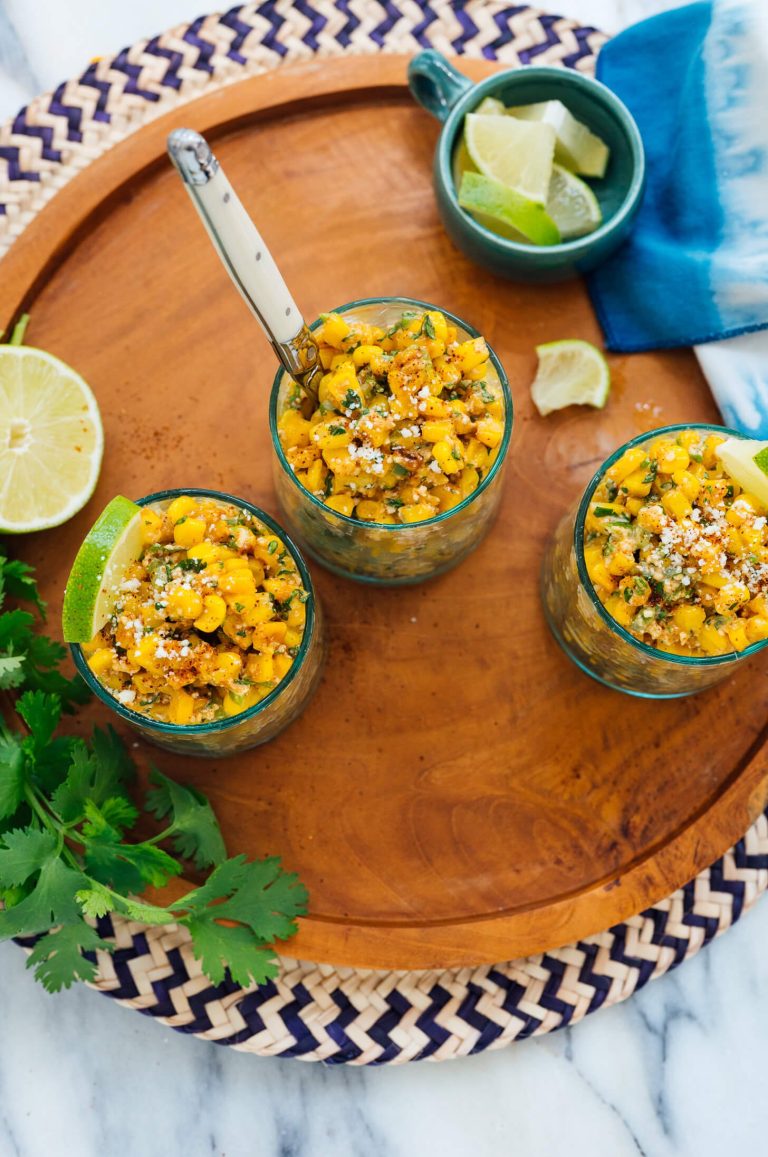Sous Vide Whole Turkey: Tips, Tricks, and Techniques
Sous vide cooking involves sealing food in an airtight bag and then submerging it in a water bath held at a precisely controlled temperature. The term “sous vide” comes from French, meaning “under vacuum.” This method ensures even cooking because the temperature remains consistent throughout the process. It helps you achieve perfect doneness without the risk of overcooking or drying out your food. Tools like immersion circulators maintain the water temperature accurately, making it easier for both professional chefs and home cooks to execute.
Benefits of Sous Vide for Poultry
Sous vide offers several advantages for cooking poultry like turkey, ensuring moist, tender, and flavorful results. First, precision temperature control guarantees that the turkey cooks evenly, with no parts left undercooked or overcooked. For example, you can set the water bath to a specific temperature that is ideal for cooking the turkey breast while maintaining juiciness. Second, the long cooking times associated with sous vide allow the flavors to fully infuse into the meat, resulting in enhanced taste. Moreover, cooking sous vide significantly reduces the risk of pathogen growth, as the low, steady temperature pasteurizes the meat effectively.
Preparing Your Whole Turkey for Sous Vide
Choosing the Right Turkey
Select a fresh or thawed turkey weighing between 10 and 12 pounds. Smaller turkeys fit more easily in standard sous vide containers and ensure even cooking. Ensure the bird’s size matches the capacity of your sous vide water bath. Opt for a turkey free of brines or injections, as these may affect the cooking process.
Necessary Equipment and Ingredients
Gather all essential tools before starting. You’ll need:
- Sous Vide Device: Immersion circulator with precise temperature controls.
- Large Container: Water bath capable of comfortably submerging the whole turkey.
- Vacuum Sealer: Device to seal the turkey in an airtight bag.
- Food-Grade Bags: BPA-free, oven-safe bags large enough for a whole turkey.
- Thermometer: Instant-read thermometer to verify internal temperature.
Ingredients:
- Seasonings: Salt, pepper, garlic powder, and fresh herbs like rosemary or thyme.
- Butter or Oil: To enhance flavor and ensure crispy skin post-sous vide.
Prepare the turkey by ensuring it’s well-seasoned and evenly coated with butter or oil. Use vacuum-sealing techniques to avoid air pockets, ensuring the turkey cooks uniformly in the water bath. With these steps, your turkey will be ready for the sous vide process.
Step-by-Step Guide to Sous Vide Whole Turkey
Preparing the Turkey
Start by ensuring the turkey is fully thawed. Remove the giblets and neck from the cavity. Pat the turkey dry with paper towels. Season the turkey generously, both inside and out, with salt and pepper. Consider using herbs and spices like rosemary, thyme, and garlic for added flavor. Place the prepared turkey in a large vacuum-seal bag or two smaller bags if it doesn’t fit in one.
Setting the Right Temperature and Time
Set your sous vide device to 150°F (65.5°C). Fully immerse the vacuum-sealed turkey in the water bath, making sure it’s completely submerged. Cook for at least 24 hours for optimal tenderness and juiciness. Ensure the water level remains consistent, adding more if necessary.
Finishing Touches for Flavor and Texture
After the sous vide cooking, remove the turkey from the bag and pat dry. Preheat your oven to 450°F (232°C). Place the turkey in a roasting pan and cook for 15-20 minutes to achieve a crispy, golden-brown skin. Let the turkey rest for 10-15 minutes before carving to allow juices to redistribute. Use the juices from the cooking bag to make a flavorful gravy.
Serving Suggestions for Sous Vide Whole Turkey
Carving and Presentation Tips
Carving resembles a traditional roasted turkey, but starter steps differ. After resting your sous vide whole turkey, place it on a stable cutting board. Detach the legs and thighs first, then remove the wings. Slice the breast meat against the grain for maximum tenderness, ensuring each cut has clean, even strokes. Arrange the slices neatly on a large, warm platter. Garnish with fresh herbs like rosemary or thyme to add visual appeal. Consider using a high-quality carving knife for precise cuts.
Side Dishes That Complement Sous Vide Turkey
Pairings enhance the flavors of your sous vide whole turkey. Classic sides include mashed potatoes, cranberry sauce, and stuffing. Mashed potatoes can be velvety and infused with garlic or cheese. Fresh cranberry sauce adds a tart contrast to the savory turkey. Stuffing can include ingredients like sausage, apple, and sage for complementary textures and tastes.
Green vegetables, such as roasted Brussels sprouts or green beans, provide a fresh variety. Brussels sprouts caramelize well, while green beans retain crunch. For a distinctive touch, consider serving a wild rice pilaf with nuts and dried fruits, adding complex flavors to the meal. Cheese or charcuterie boards also serve as elegant appetizers or accompaniments. Prepare these dishes ahead to ensure a stress-free serving experience on the day.
Potential Challenges and Solutions
Managing Large Turkey Sizes
Handling large turkey sizes can be tricky in sous vide cooking. If you select a turkey over 14 pounds, choose an oversized water bath. This ensures even water circulation, preventing undercooked areas. Utilize large, durable vacuum-seal bags to avoid bag ruptures during long cooking times. If managing space, segment the turkey into parts before sealing, tackling wings, breasts, and thighs separately, then reassemble before serving. A reliable workaround is to use multiple immersion circulators and baths if accommodating one big bird.
Ensuring Even Cooking
Achieving even cooking in sous vide turkey requires specific attention. Ensure full submersion of the turkey in the water bath by using weights or racks. Monitor water temperature regularly with a digital thermometer to maintain consistency. Circulators should fit the size of your water bath to avoid cold spots. Rotate and agitate the bag occasionally if cooking for extended periods; this aids in maintaining uniform heat distribution. Pre-treating the turkey by immersing parts in an ice bath before sous vide can help by tightly regulating the final temperature, especially for darker meat sections.
Conclusion
Mastering sous vide whole turkey can elevate your holiday meals with perfectly cooked, flavorful meat. While it requires some planning and the right equipment, the results are well worth the effort. By following the detailed guide and tips provided, you can overcome common challenges and achieve culinary success. Embrace the sous vide method for a stress-free and impressive holiday centerpiece that your guests will rave about.






